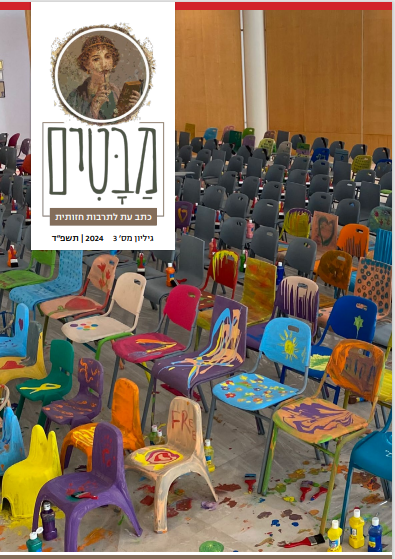Intentional Prayer
Bernini’s Portrait of a Papal Doctor
DOI:
https://doi.org/10.64166/q7zyyn92Abstract
Between 1668 and 1673, Gianlorenzo Bernini (1598–1680) sculpted a portrait of Gabriele Fonseca (Fig. 1), who was personal physician to Pope Innocent X in the mid-seventeenth century. The portrait is still in its original location in Rome in the church of San Lorenzo in Lucina in the Cappella della SS. Annunziata, also designed by Bernini. The Fonseca portrait belongs to a phenomenon of which there are more than a hundred works in Italy, all sculpted between the mid-sixteenth and early twentieth centuries and ninety of which are located in Rome. The uniqueness of the phenomenon is characterized by the display of portrait statues of the deceased in prayerful poses above the tombstone or memorial monument. This article will attempt to provide explanations for at least two of the questions raised by Fonseca’s desire to present his portrait in this manner: In what way did such a statue serve its patron, and how did it serve the beholder? Without underestimating the importance of the artist, in order to respond to these questions, this paper will concentrate on a number of topics to be dealt with 302Abstracts in the following sequence: consideration of the church in which the work is located; a brief overview of the gravestone in Western culture; an examination of the phenomenon to which these works belong; an introduction to the patron’s life story; and an analysis of the relevant chapel. The information compiled should enable the reading of the Fonseca portrait in its original context so that credible answers to the questions raised can be determined. Thereafter, other works belonging to this phenomenon can be examined in the light of the understandings achieved.
References
Downloads
Published
Issue
Section
License
Copyright (c) 2024 Mabatim

This work is licensed under a Creative Commons Attribution-NonCommercial 4.0 International License.



